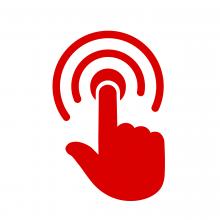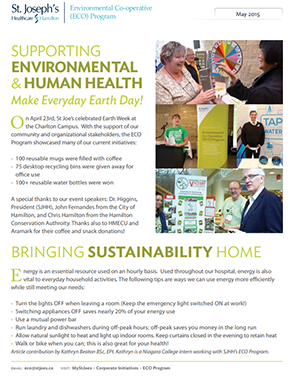
- Use photos to describe and share the narrative of the social movement – the values, beliefs and shared concern or strong desire for change. Photos and other images of collective action can be used to augment the frame that positions the key message of the social movement.
- When organizing any individual and/or collective action consider how these events can be captured and shared. Talk to participants about the power of capturing images of collective action. Once permission has been granted to take photographs be prepared with a camera (either a DSLR or phone). A narrator is also helpful to capture key quotes and messages.
- When taking photos, be sure to capture champions, thought leaders and influencers in action, as these individuals can attract new supporters and raise the profile and credibility of the social movement (Bajnok et al., 2018b).
Example tweet
SOURCE: https://twitter.com/mann_nikki/status/1202215978869899267
- Take multiple photos and at different angles; this will help you avoid the need to use stock images. Take also close-up photos of specific actions (e.g., someone speaking into a microphone or a participant’s handwriting on paper).
- Take photos of groups of people mobilizing for collective action. This may be at large public events or at smaller occasions such as planning meetings (Bajnok et al., 2018b).
- Capture images of well-attended events. It is important to demonstrate a critical mass engaged in the social movement (Bajnok et al., 2018b; Lippman et al., 2013; Lippman et al., 2016).
- Create a challenge contest with hashtags and prizes (Grinspun, 2021).
Example tweet


